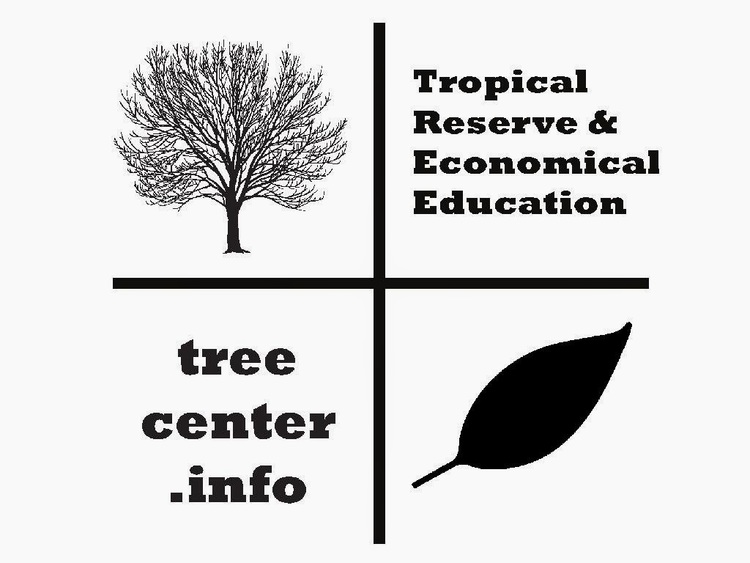It's not dirt and it's never just soil. Choosing the right stuff for your use requires a little investigation as well as ignoring whatever pictures the manufacturers have put on the front of the package. First look for the words "Potting Soil/Mix" or "Gardening Soil", which make the biggest difference. You will notice that the potting soil is usually fluffier and more expensive in general (because of the added ingredients) versus the general gardening soils. That's because gardening soils are made with the intention that they will be mixed with established native soils. Specifically labeled potting soil has had ingredients (Perlite/Lava Rocks/Vermiculite, etc) added that allow for better water flow as well as overall air circulation to roots.
The second area you should read is the "Ingredients" or "Derived From" section. Here is where synthetic fertilizers will list ingredients such as Ammonium Phosphate, Ammoniacal Nitrogen, Urea, etc. On the other hand we have organic fertilizers, which will list Chicken manure, Bat Guano, Worm castings, compost, etc. This area can be crucial specially if you're looking to grow carrots, potatoes, onions or the like where your edible harvest will be in direct contact with those fertilizers in the soil. Otherwise many folks are generally quite comfortable growing and eating plants grown with synthetic fertilizers added to the soil.
In general you want to make sure that when you water your pot/soil picks up some of that water weight so you know its holding water, but the balance is that while watering it should freely flow through the soil and out the bottom of the pot. Otherwise too much water will be held leading to root rot and ultimate death of your plants. And there is no schedule anyone can give as to when or how much to water your plants. It all depends on what that species of plants generally prefers, how quickly it is growing, how many hours of direct sun it is getting, wind, room temperature, humidity and type of soil all play important roles, so the most important thing you can do is pay attention to your plants, give them a quick nudge to judge overall weight/water retention and look for signs of browning/drying on top soil to tell you if it MAY be time for more watering.
The second area you should read is the "Ingredients" or "Derived From" section. Here is where synthetic fertilizers will list ingredients such as Ammonium Phosphate, Ammoniacal Nitrogen, Urea, etc. On the other hand we have organic fertilizers, which will list Chicken manure, Bat Guano, Worm castings, compost, etc. This area can be crucial specially if you're looking to grow carrots, potatoes, onions or the like where your edible harvest will be in direct contact with those fertilizers in the soil. Otherwise many folks are generally quite comfortable growing and eating plants grown with synthetic fertilizers added to the soil.
In general you want to make sure that when you water your pot/soil picks up some of that water weight so you know its holding water, but the balance is that while watering it should freely flow through the soil and out the bottom of the pot. Otherwise too much water will be held leading to root rot and ultimate death of your plants. And there is no schedule anyone can give as to when or how much to water your plants. It all depends on what that species of plants generally prefers, how quickly it is growing, how many hours of direct sun it is getting, wind, room temperature, humidity and type of soil all play important roles, so the most important thing you can do is pay attention to your plants, give them a quick nudge to judge overall weight/water retention and look for signs of browning/drying on top soil to tell you if it MAY be time for more watering.
